Difference between Full Stack and MEAN Stack
The trend of web development is increasing in the computer science field. The reason behind stepping into web development is the growing scope and the various areas related to it. Various start-ups hire developers based on these web dev skills with a good package.
In this article, we will give you in-depth knowledge about full stack and MEAN stack development.
Full Stack Development
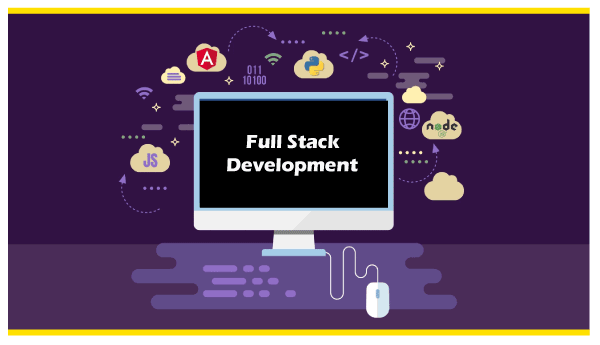
A full-stack developer manages both programming culture, i.e., the client-side and the server-side. In other words, full-stack development is like both sides of the coin, i.e., the front-end development and backend development. The full-stack developer has a senior role in an organization with the development and management of the project.
They are skilled with multiple frameworks of front-end development too. They are experienced in all the web development layers, from scratch to managing the databases and solving mission-critical needs. They are well versed in business logic and user experiences. They not only as a guide but a consultant too when needed.
Client-side skills(Front-end): HTML, CSS, JavaScript, JSON, React, Angular, Vue, Next, XML, DOM, Meteor, Backbone etc.
Server-side skills(Back-end): PHP, ASP.net, Java, Python, Express, Node, Ruby, Golang, Svelte, etc.
The databases used for the back-end development are:
- MySQL: This is the most basic and powerful database as it forms the base of all databases. It stores data in the format of tables and rows. Using queries, we modify our databases.
- Oracle: It is the most commercially suited database due to its advanced features in the new updates.
- PostgreSQL: It is an advanced open-source relational database. It follows the concepts of distributed SQL, horizontal scaling making it more attractive in the coming years.
- MongoDB: It is a NoSQL database. The data is set in the form of JSON, and information is also schema-less.
For a full stack developer, there are different categories of development:
- MEAN stack: MongoDB, Express, Node, Angular.
- MERN stack: MongoDB, Express, Rest, Node.
- Django stack: JavaScript, Python, Django, MYSQL
- LAMP stack: Linux, Apache, MYSQL, PHP
- LEMP stack: JavaScript, Linux, Nginx, MYSQL, PHP
- Ruby on rails: JavaScript, Ruby, SQLite, Rails
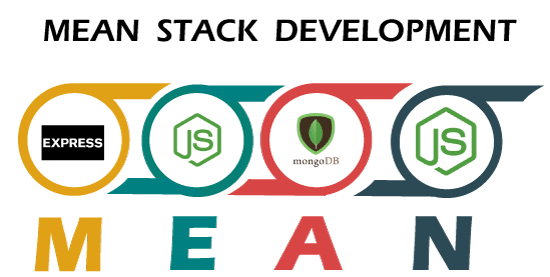
MEAN Stack Development
The mean stack developers are a part of full-stack developers. It comprises a full-stack series of JavaScript technologies to develop web applications. From server to client and database, everything is based on JavaScript. The composition of MEAN creates a fast and robust application.
MEAN stack is a quick, open-source, and user-friendly toolkit for building dynamic websites and applications.
The MEAN stack development comprises of the following technologies:
1) MongoDB:

MongoDB is a NO SQL database which is highly documented. It provides high scalability, readability, performance, etc.
- Database: A database is a container for collections in which a single mongoDB server has multiple databases.
- Collection: A collection is a group of multiple mongoDB documents equivalent to an RDBMS.
- Document: The set of key-value pairs is known as a document.
Common Conventions of MongoDB:
| RDBMS | MONGO DB |
|---|---|
| Database | Database |
| Table | Collection |
| Tuple/Row | Document |
| Column | Field |
| Table join | Embedded documents |
Dataserver and Client Conventions in MongoDB
| RDBMS | MongoDB |
|---|---|
| Mysqld/Oracle | mongod |
| mysql/sqlplus | mongo |
Advantages of MongoDB:
- Schemaless
- No complex joins
- Tuning
- Clearer object
- Deeper query-ability.
2) Express js
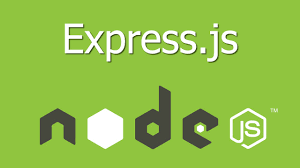
Express JS is a minimal framework of Node JS, which is fast and unopinionated.
The current version is 4.17.1
It is used by PayPal, IBM, Fox studios, etc.
Features:
- Web applications: The express JS has a robust set of features to develop web and mobile applications.
- APIS: With a myriad of API and middleware, API’s construction is very robust and manageable.
- Performance: The thin layer of fundamental web application features that do not obscure Node JS makes it worth studying.
Advantages of Express JS:
- Allow creating REST API.
- Easy configuration and customization.
- Allow defining error handling middleware.
- It can be easily connected with databases such as MYSQL, MongoDB.
- Easy integration with different templates like Jade, Rash, etc.
3) Angular JS
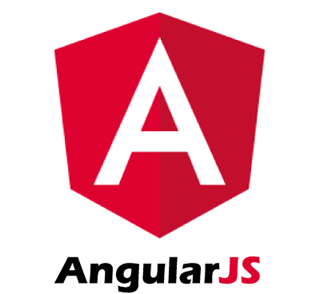
Angular JS is an open-source dynamic web application framework. It came in 2009 by Misko Hevery and Adam Abrons and is currently maintained by Google. It also uses HTML as a template language for extending its context and to create various application components.
Latest version: 11.2.6
Features: The features of angular are as follows:
- Create richer web applications.
- Provides an option to write the client-side application in JavaScript using MVC way.
- It automatically curbs the JavaScript code for each browser. Therefore, it is cross-compliant.
- Licensed under Apache 2.0
- Creates large-scale, high-performance applications that users widely use.
Characteristics: The characteristics of angular are as follows:
- Data-binding: The automatic synchronization between data and the elements is defined as dynamic binding.
- Scope: The objects that act as a glue between controller and view about the model is regarding model are known as scope.
- Filters: Filtering here refers to taking a small subset from an array and returning a new exhibition.
- Directives: markers on DOM elements such as elements, attributes, CSS, etc., are known as directives. Directives help create custom HTML tags that serve as new, custom widgets. AngularJS has a broader range of built-in directives such as ngBind, ngModel, etc.
- Templates: These are the rendered view with information from the controller and model. These can be a single file (such as index.html) or multiple views in one page using partials.
- Routing: Switching views come under the concept of routing,
- Model View Whatever: The design pattern for dividing an application into different parts called Model, View, and Controller, each with distinct responsibilities. Angular does not implement MVC in the traditional sense but rather something closer to MVVM (Model-View-ViewModel).
- Deep Linking: The encoding of the application’s state in the URL to be bookmarked is known as deep linking. We can restore the application from the URL to the same condition.
- Dependency Injection: The built-in subsystem that helps the developer create, understand, and quickly test the applications is provided by angular having a dependency injection subsystem.
Advantages:
- Very helpful in creating single-page websites with proper maintenance and cleanliness.
- Due to its binding capacity, it gives a rich and responsive user experience.
- It is unit-testable and provides reusable components.
- It can run on any device (laptop, phone, mobile, tablet, etc.) smoothly.
- The user views an HTML kind of website, but it every controlled by JavaScript.
- More functionality is achieved with the shortcode.
- It uses dependency injection and makes use of separation of concerns.
4) Node JS
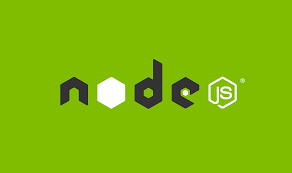
Node is an open-source, cross-platform, server-side platform built on runtime JavaScript. It is used for developing networking applications.
Features:
- Massive speed gain: Due to non-blocking thread execution, it gives a tremendous speed.
- Multi-threaded: All the functions in Node JS are delegated to an event loop executed by different threads. It is handled by Node JS runtime as it supports multiple processes.
- Cross-platform: Node JS is fully-fledged developed with a correct structure packed into anything executable containing its dependencies.
- Faster development environment: The development environment is fast and thus gaining popularity.
- Object-oriented: With the evolution of ES6, the classes are oriented into frameworks similar to c#, java, etc.
- Two-way data binding and Socket: Node JS has a plus point because of its event-driven non-blocking architecture, making its handling easier. Node JS was the first to do so. Hence it is more popular.
Tabular difference between Full stack and Mean stack developer
| FULL STACK DEVELOPMENT | MEAN STACK DEVELOPMENT |
|---|---|
| It includes various technologies like MERN, MEAN, LEMP, etc. | It is only restricted to one type of development. |
| It uses multiple techniques like Node, Angular, React, Vue, Express, Next, etc | It uses only four powerful technologies like MongoDB, Angular, Express, Node. |
| The full stack developer post requires some experience. | It is not must require to have experience. |
| The job role can include monitoring and management too. | The job role is generally of associate developers for freshers. |
